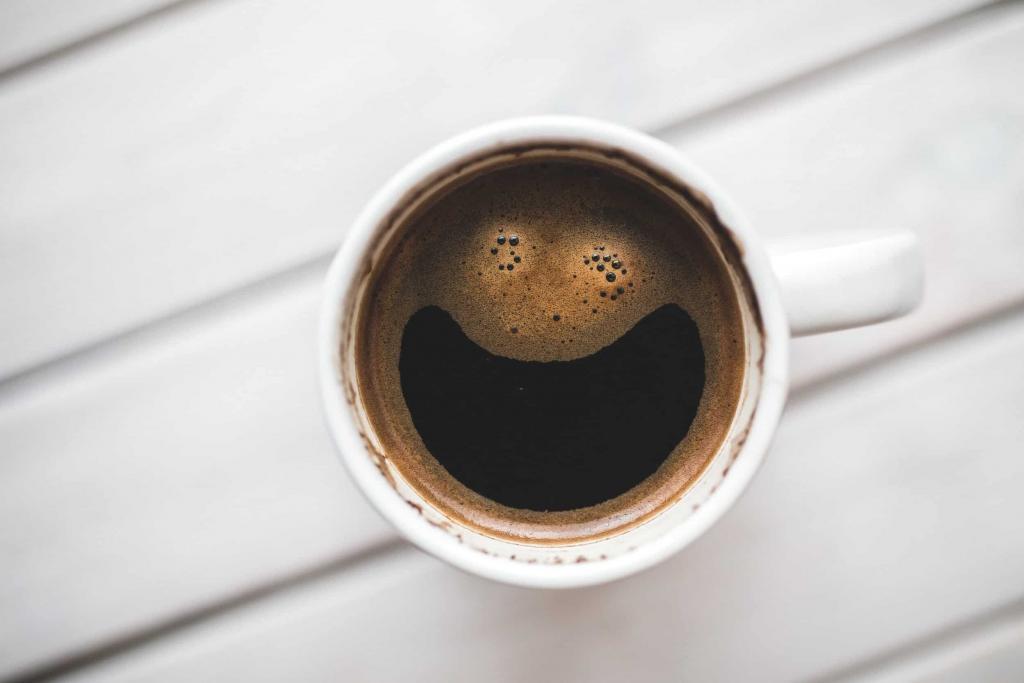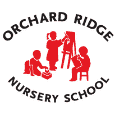
Why is home-brewed coffee so bad??
It’s hard to survive the day without coffee. It’s even harder when you have kids. Coffee is both figuratively and literally my life-force. A good cup of coffee can make up for whatever chaos may ensue later that day. But until recently I never knew why my coffee never tasted as good as when I bought it from a coffee shop.
About three years ago, I enrolled in a coffee class with JBC Coffee Roasters. It was a fantastic class. I learned why the roasting process matters so much as well as why certain beans taste better than others. But most importantly, I learned why home-brewed coffee usually doesn’t taste very good.
The coffee bean?? The machine used to make the coffee?? Yes… but no. The most straightforward answer is the temperature of the water and brewing time. High-end coffee shop machines account for both of these variables. The good news? You don’t need to have a super expensive coffee maker to make a good cup of coffee.
What are the key things to know?
It boils down to 5 things (in descending order of importance):
- The temperature of the water during the brewing process,
- The time the coffee steeps during the brewing process,
- The type of water used,
- The grind size and weight, and
- The coffee bean itself.
How do I do that?
Well, you’ll need to buy the following items:
Now what?
You’re going to turn your cheap coffee maker into a glorified pour-over coffee machine. How? By using your gooseneck kettle to control the exact temperature of the water.
According to the experts, the ideal temperature for pour-over coffee is 195 to 205 degrees. You may need to tweak the temperature up or down based on your own taste preference. So let’s start at 200 degrees and go from there.
Here’s how to make 2 cups of coffee
Open the lid of your coffee maker. You’re going to leave it open for the duration of the brewing process.
Place a paper filter into your coffee maker. Pour hot water on the filter until it is completely saturated. I usually pour in 1 cup of hot water and let it drain through.
While the filter is draining, grab your scale and measure 500 grams of water. Now grab your favorite brand of coffee and measure out 30 grams of coffee.
Make sure to empty the water from the coffee basin before you start brewing your coffee.
~ Anonymous Absent-Minded Man ??♂️
Pour the coffee grounds into the coffee basket and grab yourself a timer and a small spoon. When the water reaches 200 degrees, slowly begin pouring it over the coffee grounds. Pour in a circular motion working from the outer edge inward for about 30 seconds. Place the kettle back on its heating pad and ensure the pad is still on and set to 200 degrees.
Now take the spoon and vigorously, but carefully, stir the grounds for 15 seconds. We’re agitating the grounds so the coffee is released consistently throughout the basket.
Take the kettle and pour it for another 30 seconds. Repeat the 15-second agitation process. Pour the rest of the water over the coffee grounds and gently stir one last time.
Now, all we have to do is wait for the coffee to drain through the filter. If everything goes to plan, the coffee should finish draining at around 4 minutes and 30 seconds.
Pro Tip #1
If you’re not grinding your own beans, consider investing in a quality burr grinder.
Fun Fact: Did you know there are actually two types of grinders: (1) blade or mill grinders, and (2) burr grinders?
Blade Grinders
Blade grinders chop up the coffee beans as the blade spins around in the container. The result is a super inconsistent grind. It’s not uncommon to find super large chunks of coffee ground among super small grounds.
Burr Grinders
Burr grinders use a different process to grind the beans. Burr grinders progressively tear the coffee into smaller fragments until the coffee exits the chamber. The resulting grounds are significantly more consistent.
Pro Tip #2
I don’t want to go too deep into the chemistry of hard and soft water, so I won’t bore you with the details. Long story short, the chemical makeup of your water plays a significant role in how your coffee tastes.
Here’s an interesting article if you want more info:
http://www.manualcoffeebrewing.com/what-is-the-best-water-to-use-when-making-coffee/
If your home-brewed coffee still tastes off, go to a place like Finca or Collectivo and ask them what kind of water they use. I’m sure they’d be happy to share that info.
Good luck! May your best coffee days be ahead of you!
Before you go, check out some of our previous posts!

